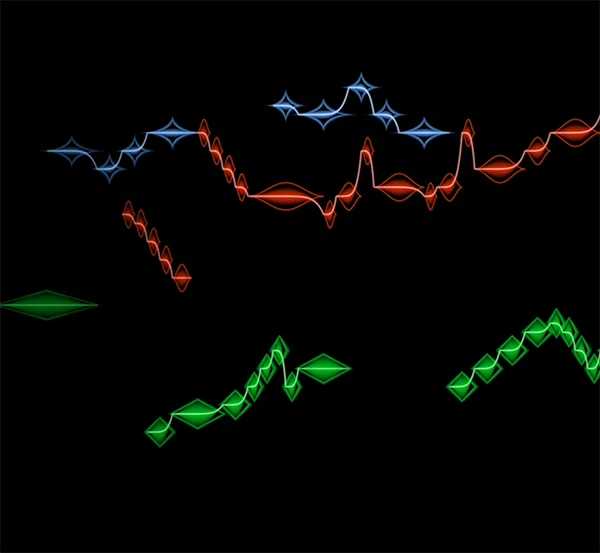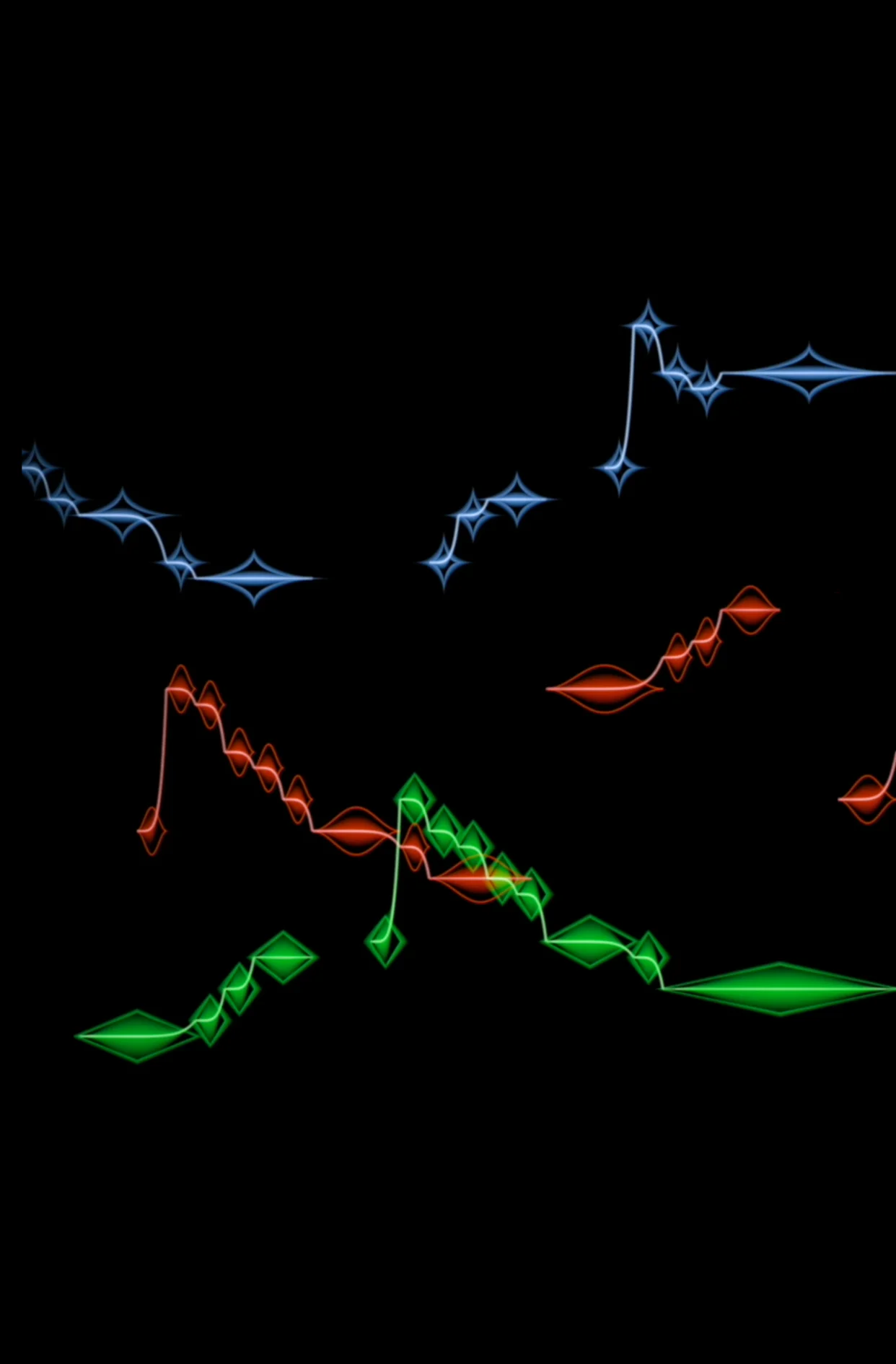The emotional arc of the piece moves from tranquillity and hope, to chaos and foreboding.
While shaped by my own responses to this era, I invite each listener to experience the piece through their own lens.


- MOVEMENT I
- MOVEMENT II
- MOVEMENT III
Fugue-Kriti
In 3 movementsFugue-Kriti: Notes
(Excerpted from the album’s liner notes)
Both the Western fugue and the Carnatic kriti unfold a central musical theme through repetition, variation, and intensification. A small set of ideas develops and elaborates into richer patterns, revealing the potential that lies within an original simplicity. Fugue-Kriti plays on the structural affinity between these musical forms. A Carnatic kriti is presented in three sections, each of increasing complexity: a pallavi that features the main theme and sets the mood for the raga, a higher-register anupallavi that provides contrast, then a charanam that deepens the exploration. Each section returns to the first theme, like a ritornello in Western classical music. The kriti is complex in structure; so too is the fugue. At the start of a fugue, a single voice introduces the main melodic theme. Other voices enter in succession, restating the melodic subject at different pitch levels, creating a staggered and layered structure of independent voices.
Fugue-Kriti opens in the raga Hemavathi, associated with deep, meditative elaboration that shades into longing. The Western strings provide a sustained, evolving harmonic presence beneath the fugue’s unfolding lines. Midway through the fugue, the raga shifts to Vachaspathi — changing one note along with the gamakas transforms the expressive atmosphere into one of luminosity and uplift. A space of clarity opens within the density of the fugue’s texture. But this calm rapidly gives way, with sharp staccato rhythms serving as a premonition of conflict. In the final movement, the driving ostinato of the strings becomes unstable and fragmented, increasingly dissonant against the harmonic backdrop of the layered counterpoint. The movement ends in the turbulent climax of a timpani crescendo.
Fugue Structure
A fugue features highly developed counterpoint, and may refer to a musical form, or to a compositional style or texture.
In the fugue form, as mentioned above, a layered structure is created by multiple voices entering in succession, each restating the theme at a different pitch while earlier voices continue with independent material.
Movement I is structured as a fugue exposition, with subject, countersubject, and entries of the subject at the tonic and dominant.
The remainder of the piece is written in fugal texture, and makes use of fugal techniques such as canonic augmentation and stretto.
Kriti Structure
In addition to the fugal form and texture, this composition also follows the kriti form closely. The kriti is the most prevalent form in Carnatic music concerts.
A kriti’s typical form can be schematically described as A BA CBA. Each of the A, B, and C sections develops its own theme with variations of subtly increasing complexity (the statements of the theme and variations are called sangathis).
The reprises of the A section are much shorter than the original.
The sections are named Pallavi, Anupallavi, and Charanam.
The Anupallavi (B section) typically begins in a higher register. In this piece, the Anupallavi also includes a Chittaswaram — a short, contrasting rhythmic passage.
This piece maps on the kriti form as follows:
- Movement I (Pallavi): A
- Movement II (Anupallavi): BA
- Movement III (Charanam): CBA
Ragas and Tala Used
The Pallavi and Charanam (A and C sections) are based on raga Hemavathi. In this composition with E as tonic, its scale consists of E F# G A# B C# D E.
The Anupallavi (B section) is based on raga Vachaspathi, which uses the notes E F# G# A# B C# D E.
The tala is Adi, an 8-beat rhythmic cycle.
Instrumentation
The principal instruments are Carnatic violin, flute, and veena.
String orchestra, timpani, and gongs provide accompaniment.

Fugue-Kriti is part of the album
Confluence: Raga and Counterpoint
Album

Featured Soloists in Fugue-Kriti:
Shraddha Ravindran, violin
R. Thiagarajan, flute
K.R. Shrievats, veena
Label: IndianRaga
Release Date: September 2025
